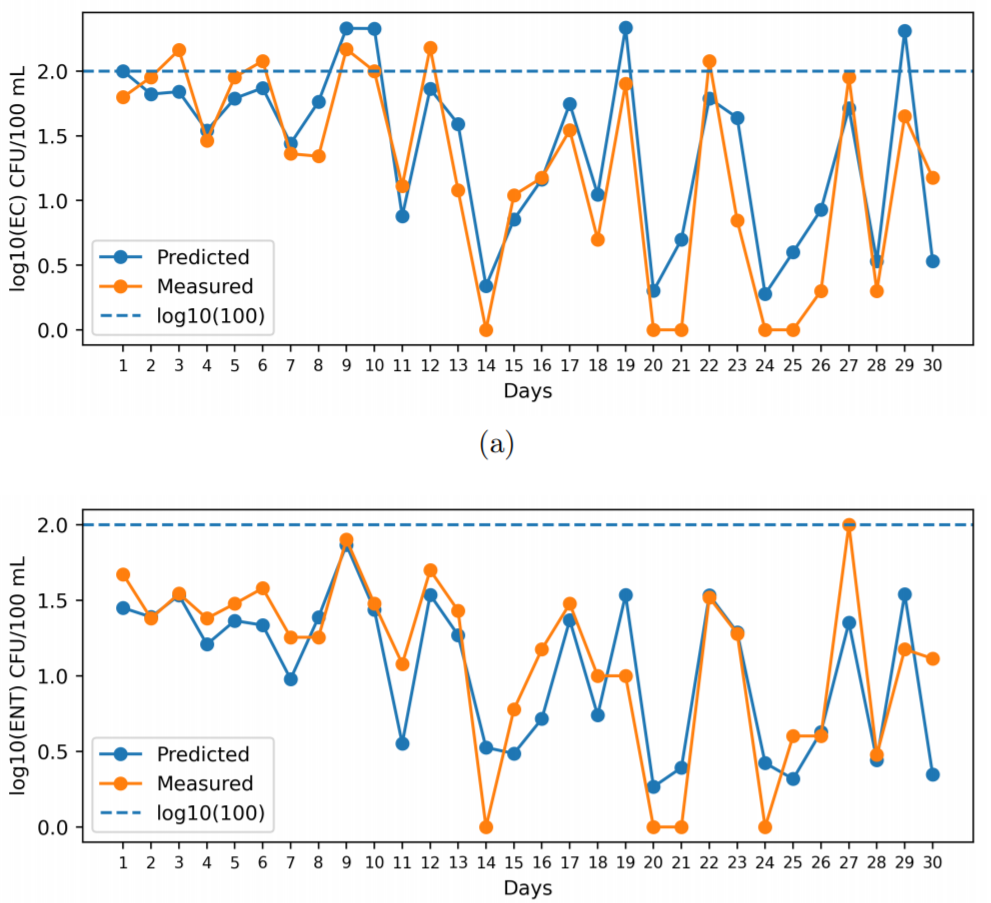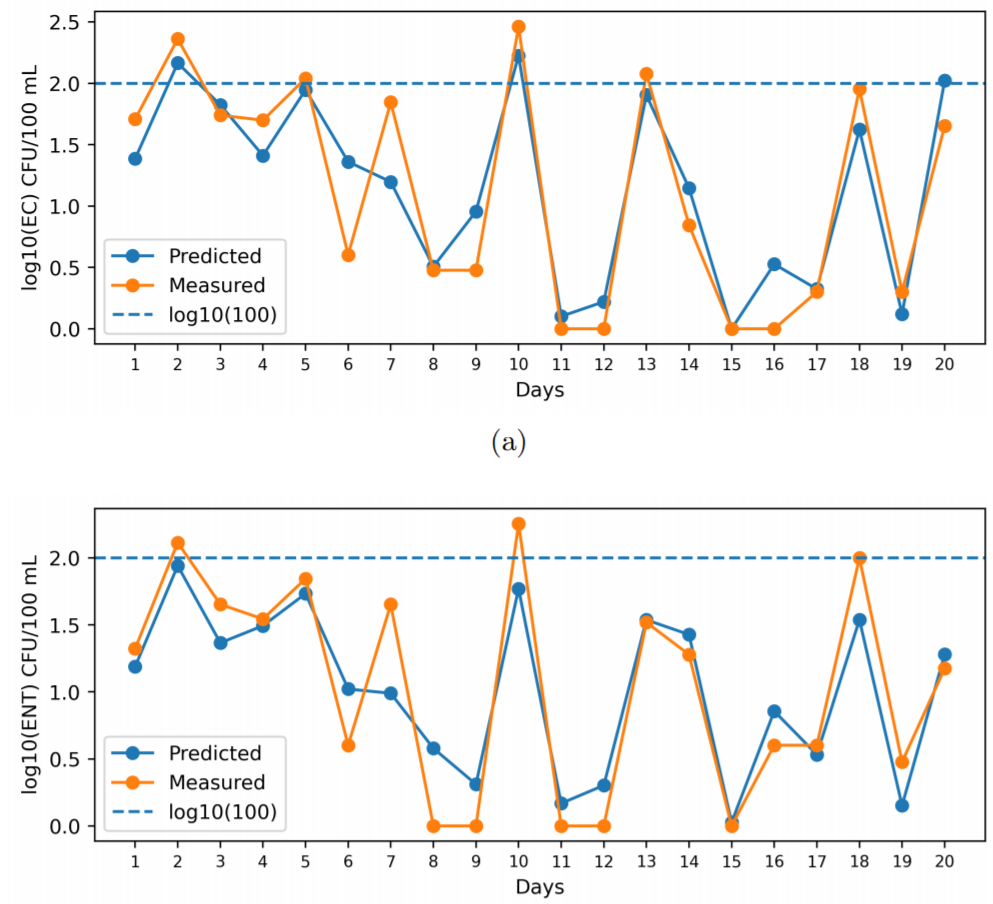Coastal water quality prediction based on machine learning with feature interpretation and spatio-temporal analysis
Environmental Modelling & Software, (2022), doi.org/10.1016/j.envsoft.2022.105458, (quartile Q1)
Abstract: Coastal water quality management is a public health concern, as poor coastal water quality can harbor pathogens that are dangerous to human health. Tourism-oriented countries need to actively monitor the condition of coastal water at tourist popular sites during the summer season. In this study, routine monitoring data of Escherichia Coli and enterococci across 15 public beaches in the city of Rijeka, Croatia, were used to build machine learning models for predicting their levels based on environmental parameters as well as to investigate their relationships with environmental stressors. Gradient Boosting (Catboost, Xgboost), Random Forests, Support Vector Regression and Artificial Neural Networks were trained with measurements from all sampling sites and used to predict E. Coli and enterococci values based on environmental features. The evaluation of stability and generalizability with 10-fold cross validation analysis of the machine learning models, showed that the Catboost algorithm performed best with R2 values of 0.71 and 0.68 for predicting E. Coli and enterococci, respectively, compared to other evaluated ML algorithms including Xgboost, Random Forests, Support Vector Regression and Artificial Neural Networks. We also use the SHapley Additive exPlanations technique to identify and interpret which features have the most predictive power. The results show that site salinity measured is the most important feature for forecasting both E. Coli and enterococci levels. Finally, the spatial and temporal accuracy of both ML models were examined at sites with the lowest coastal water quality. The spatial E.Coli and enterococci models achieved strong R2 values of 0.85 and 0.83, while the temporal models achieved R2 values of 0.74 and 0.67. The temporal model also achieved moderate R2 values of 0.44 and 0.46 at a site with high coastal water quality.



